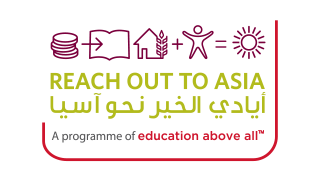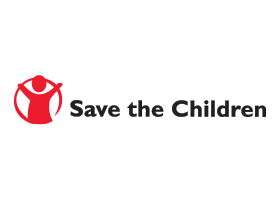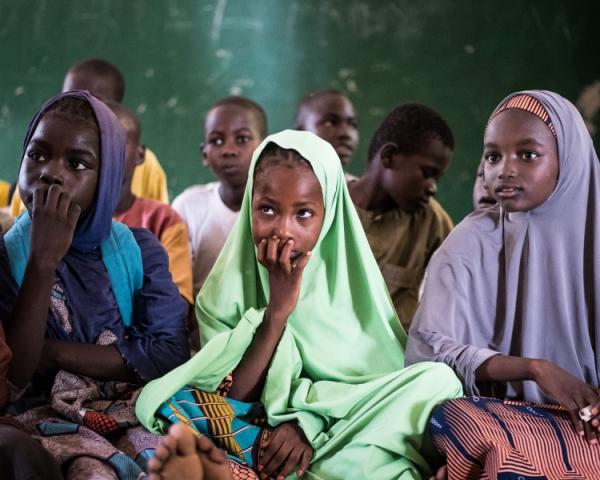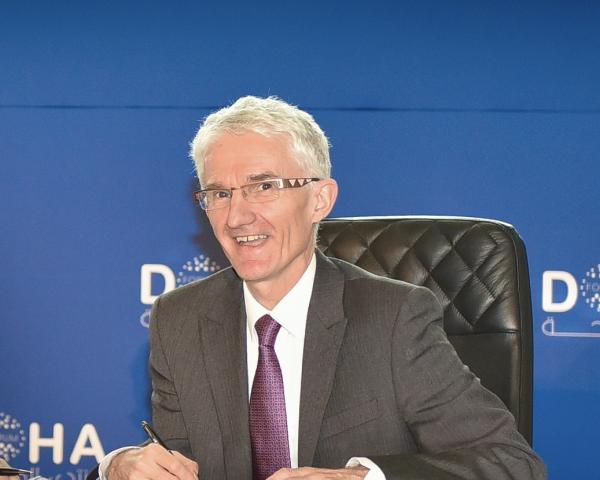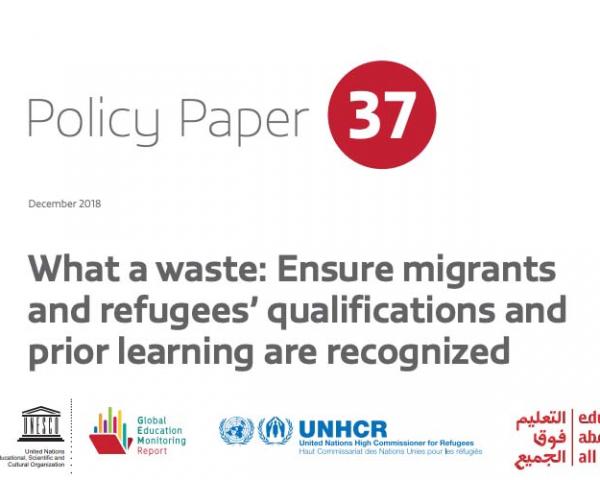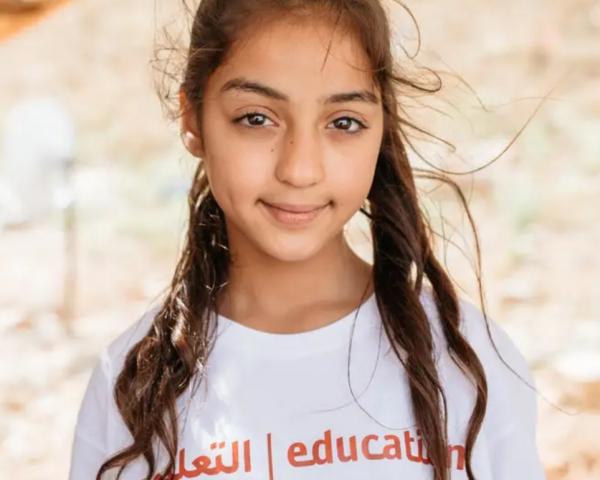Safe Areas for Emergency Education in the Gaza Strip (SAfEE)
The Gaza Strip is one of the most densely populated areas in the world, with 1.5 million people concentrated in an area of only 365 km2. More than half of the population is children below the age of 18, of whom 69% are refugees (PCBS, 2006). Violence has taken a heavy toll on Gaza’s children. Between 2000 and 2008, more than 600 children were killed in conflict-related violence; another 300 died in December 2008-January 2009 during the most recent Israeli military offensive, Operation Cast Lead. Some 50,000 children have been displaced from their homes .
On 27 December, Israeli occupying forces launched sudden and intensive air strikes on the Gaza Strip. The attacks destroyed most of Gaza’s security-related institutions, including police stations. On that day alone, more than 230 Palestinians were killed and at least 770 were injured, including 100 who were critically wounded. This military operation continued for 22 days. As a result, 1,440 Palestinians were killed and 5,380 were injured. Often, critics assumed that Palestinian men injured or killed during Israeli incursions were militants. However, a large number of men and boys were killed in their homes, in the presence of their families. Property destruction was massive as well; at least 4,000 houses were totally destroyed and another 16,000 were partially damaged (Humanitarian Duty Report, 2009)3. Likewise, the education system was severely affected, with 165 (almost 30%) of 582 schools suffering damage to their buildings, furniture and/or equipment - disrupting the instruction of around 150,000 of the 440,000 students.
Prolonged exposure to violence and poverty has left hundreds of thousands of Gazan children at severe psychosocial risk and in need of support. At the same time, parents’ own psychological trauma makes it difficult for them to properly nurture their children. In a survey conducted in 2009 by the United Nations Development Programme (UNDP) , 49% of survey respondents viewed psychological support as the most important unmet need for children in their households. These collective findings highlight the difficult plight of both adults and children in the Gaza Strip. Safe Areas for Emergency Education Even during armed conflict and natural disasters, children have a need for and a right to education that meets minimum standards.
To that end, emergency spaces for children (ESC) are required to protect youth during and immediately after emergencies through structured learning, play, psychosocial support and access to basic services. ESCs are called many different names, including”child-friendly spaces” and “child-centered spaces.” All of these programs have the same focus and activities, and are part of the larger humanitarian protection response. These child-friendly spaces are vitally important to ensure that children:
1. Are taught lifesaving knowledge and skills, from simple hand-washing techniques to prevent the spread of disease to learning how to avoid hidden landmines or unexploded ordnance.
2. Have access to a quiet, safe place where they can study and process what has happened to them, expressing their worries and concerns to peers or trusted adults.
3. Can continue learning through structured activities if no school is available for long periods of time.
4. are protected while parents visit relief-distribution points, find relatives and begin to rebuild their lives.
















